Delivery Promise
Increase revenue with reliably fast shipping by providing a pre-purchase delivery date that is competitive and reliable.
Estimated Delivery Dates
Make a promise you can keep with estimated delivery dates (EDDs) powered by the industry's best predictive modeling. These delivery promises create a competitive shipping experience during the buying process which can impact conversion rates 6% on average.
Powered by Data Science
Increase accuracy of EDDs with an extremely sophisticated data model tailored for predictive estimations.


EDDs are ultimately a probabilistic value, coming as close to 100% accuracy as possible, knowing that total accuracy is impossible. The eventual EDD is a statistical composite that predicts the date that is most probable to share with the customer.
Configurability
Shape Shipium's EDDs to fit the unique needs of your business through several advanced configuration possibilities.
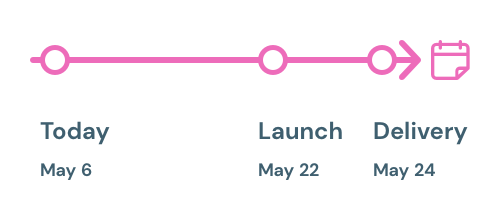
Configure time-in-transit (TNT) models from three available options, including bringing your own, that can be applied to some or all of your inventory.
- Shipium TNTs based on our model (default)
- Your TNT values
- Carrier provided TNT values based on SLAs
Flexible Implementation
Fit Shipium's EDDs into your customer-facing website exactly as you see fit. EDDs are returned via a simple API, making it easy to configure and fit into your design and user experience. Customers love that they can control the experience while getting accurate dates, versus being forced to use a monolithic widget or app.
Data Sourcing
Multiple options to ingest your data makes it easy to fit Delivery Promise to your operations.
For customers who use Carrier Selection, historical shipping data is automatically captured and fed into their Delivery Promise model.
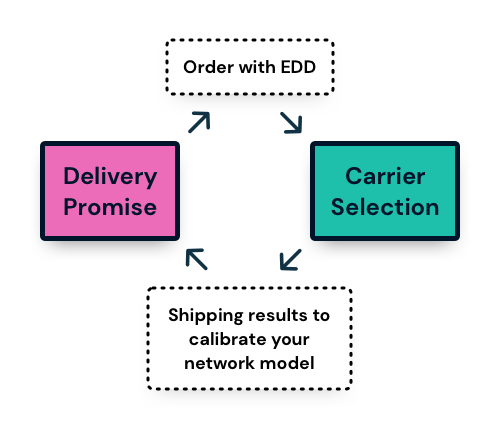
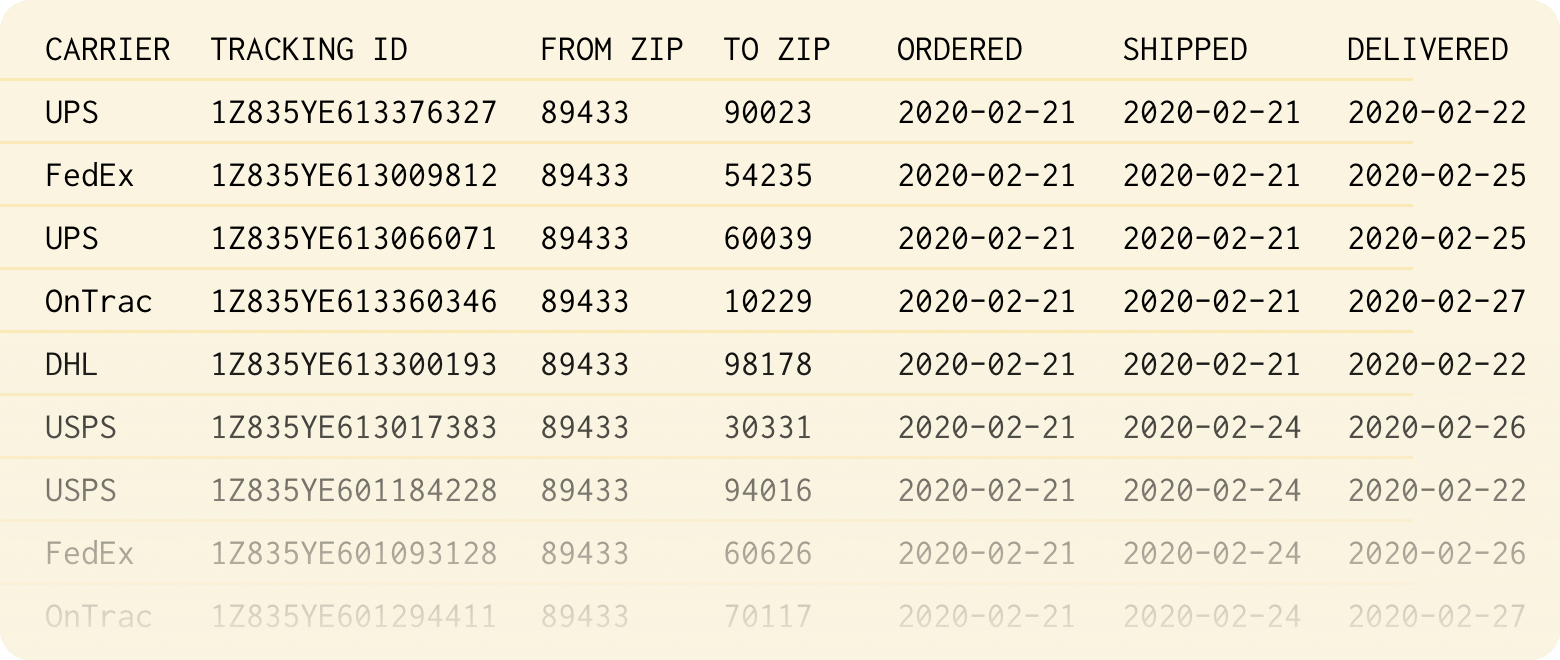
Advanced Capabilities
It's easy to handle different situations unique to your business. Here are a few examples.
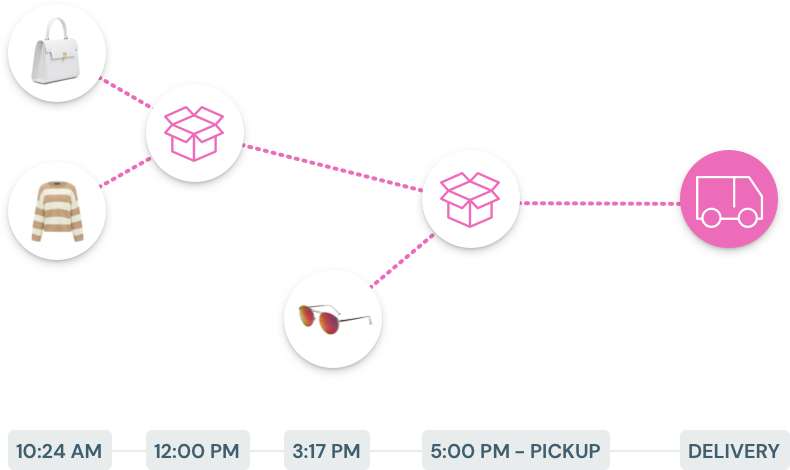
Deployment
Since Delivery Promise EDDs are simply an API call with a rich set of configurability options, it's easy to fit them into multiple pre-purchase experiences during the buying journey.
Show EDDs for a single product on its description page. If the product has variable SKUs, such as different sizes of apparel, utilize the API nature of Delivery Promise to update EDDs on the fly based on possible origin changes based on inventory availability.

Measure how delivery promises improve conversion by using metadata tagging during checkout along a multi-stage workflow. Combined with the flexibility of showing one date or split dates for a multi-SKU order, the ability to tie promises to abandonment and conversion insight is simple and powerful.
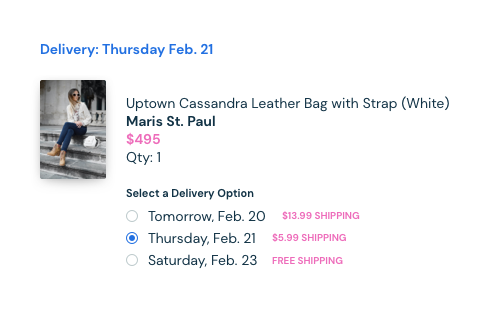

Want to see how Shipium works?
Schedule a demo. Our team is happy to answer any questions or provide you an example of our capabilities.